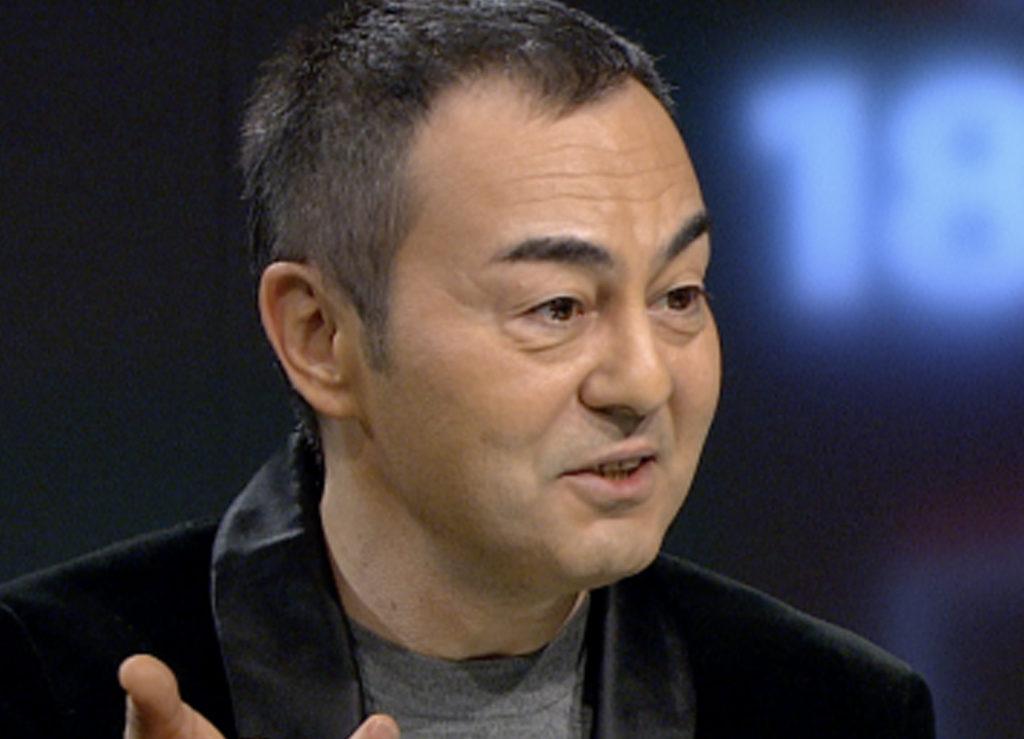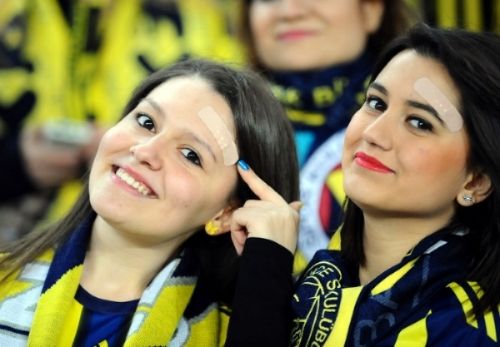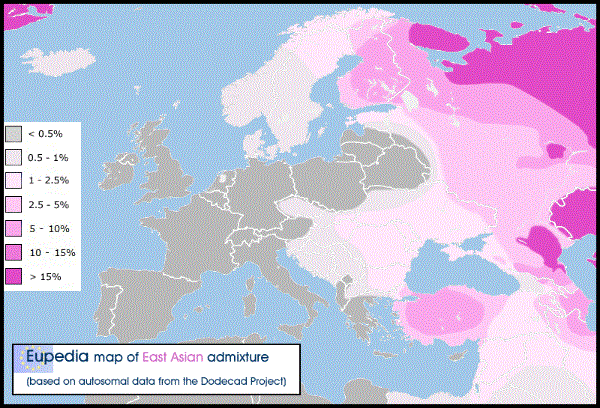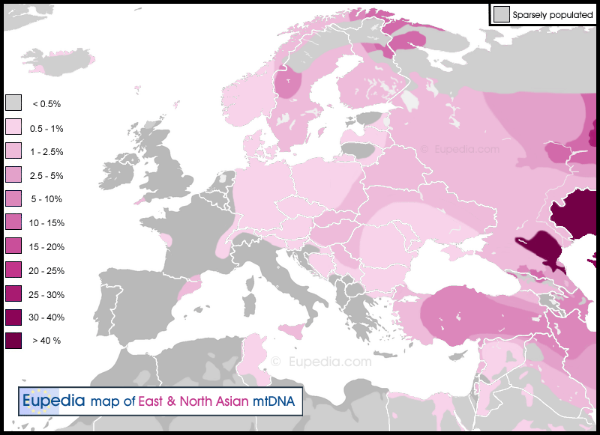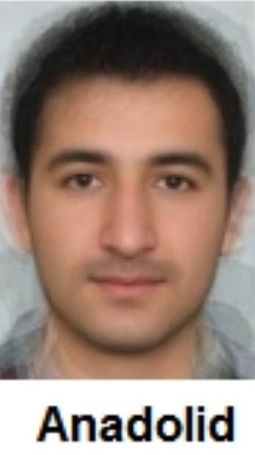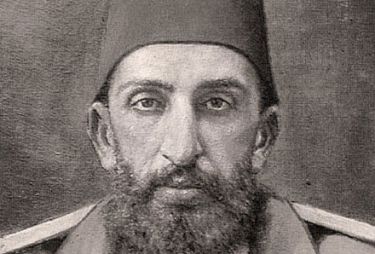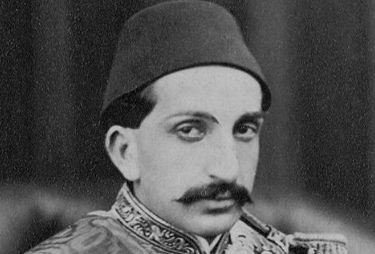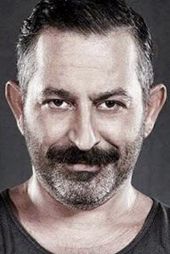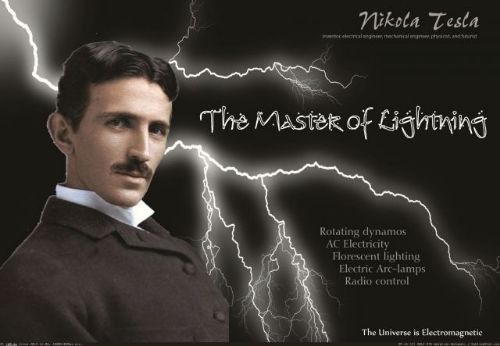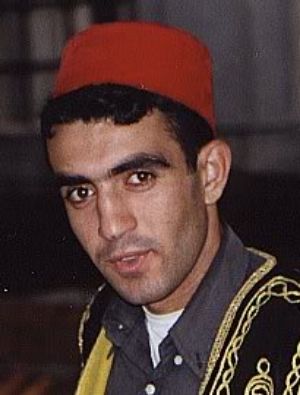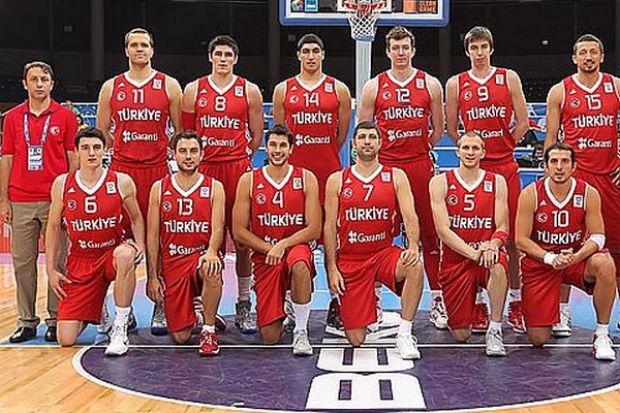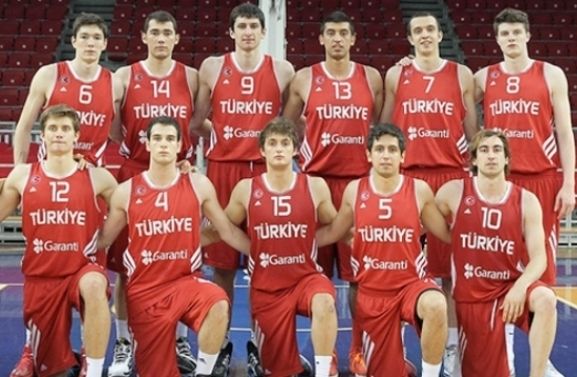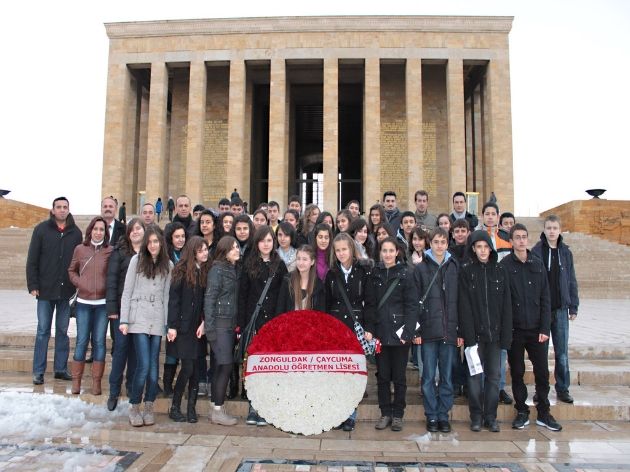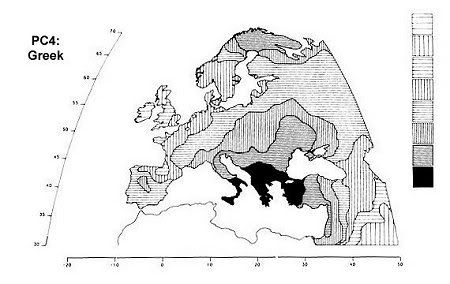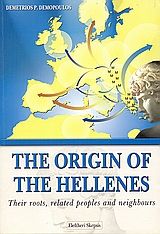Post by Admin on Nov 2, 2022 21:52:02 GMT
Carleton Stevens Coon:
The modern inhabitants of Greece itself differ surprisingly little from their classical predecessors.
www.theapricity.com/snpa/chapter-V4.htm
It is inaccurate to say that the modern Greeks are different physically from the ancient Greeks; such a statement is based on an ignorance of the Greek ethnic character.
www.theapricity.com/snpa/chapter-XII14.htm
It is my personal reaction to the living Greeks that their continuity with their ancestors of the ancient world is remarkable, rather than the opposite.
www.theapricity.com/snpa/chapter-XII14.htm
J. Lawrence Angel noted that from the earliest times to the present “racial continuity in Greece is striking.”
dienekes.awardspace.com/articles/fallmerayer/
Buxton who had earlier studied Greek skeletal material and measured modern Greeks, especially in Cyprus, finds that the modern Greeks “possess physical characteristics not differing essentially from those of the former [ancient Greeks].”
dienekes.awardspace.com/articles/fallmerayer/
Finally, a more recent statistical comparison of ancient and modern Greek skulls resulted in the discovery of “a remarkable similarity in craniofacial morphology between modern and ancient Greeks.”
dienekes.awardspace.com/articles/fallmerayer/
Poulianos’ conclusions of Greek continuity are not simply the wishful thinking of a modern Greek. In a critical review of his book , J. Lawrence Angel states that “Poulianos is correct in pointing out ... that there is complete continuity genetically from ancient to modern times.”
dienekes.awardspace.com/articles/hellenes/
A comparative cephalometric investigation of the Greek craniofacial pattern through 4,000 years.
A comparative cephalometric investigation was conducted between modern and ancient Greeks to determine craniofacial characteristics and to examine the significance of ethnic heritage. The modern sample was composed of 54 individuals chosen on the basis of ethnic background, normal occlusion and facial harmony. The ancient sample consisted of 40 skulls with normal occlusion dated back to the Minoan civilization (ca. 1,800-1,200 B.C.). A remarkable similarity in craniofacial morphology was revealed between the two groups, suggesting a close genetic affinity between modern and ancient Greeks. The ability of the craniofacial complex to make compensatory or balancing changes was noted. The craniofacial complex was seen to function as an integrated biological entity. Moreover, the cranial base showed a definite influence on skeletal profile configuration. These results provide a more comprehensive understanding of how craniofacial variables interact and contribute to the morphology of the dentofacial skeleton.
www.ncbi.nlm.nih.gov/pubmed/2672905
The modern inhabitants of Greece itself differ surprisingly little from their classical predecessors.
www.theapricity.com/snpa/chapter-V4.htm
It is inaccurate to say that the modern Greeks are different physically from the ancient Greeks; such a statement is based on an ignorance of the Greek ethnic character.
www.theapricity.com/snpa/chapter-XII14.htm
It is my personal reaction to the living Greeks that their continuity with their ancestors of the ancient world is remarkable, rather than the opposite.
www.theapricity.com/snpa/chapter-XII14.htm
J. Lawrence Angel noted that from the earliest times to the present “racial continuity in Greece is striking.”
dienekes.awardspace.com/articles/fallmerayer/
Buxton who had earlier studied Greek skeletal material and measured modern Greeks, especially in Cyprus, finds that the modern Greeks “possess physical characteristics not differing essentially from those of the former [ancient Greeks].”
dienekes.awardspace.com/articles/fallmerayer/
Finally, a more recent statistical comparison of ancient and modern Greek skulls resulted in the discovery of “a remarkable similarity in craniofacial morphology between modern and ancient Greeks.”
dienekes.awardspace.com/articles/fallmerayer/
Poulianos’ conclusions of Greek continuity are not simply the wishful thinking of a modern Greek. In a critical review of his book , J. Lawrence Angel states that “Poulianos is correct in pointing out ... that there is complete continuity genetically from ancient to modern times.”
dienekes.awardspace.com/articles/hellenes/
A comparative cephalometric investigation of the Greek craniofacial pattern through 4,000 years.
A comparative cephalometric investigation was conducted between modern and ancient Greeks to determine craniofacial characteristics and to examine the significance of ethnic heritage. The modern sample was composed of 54 individuals chosen on the basis of ethnic background, normal occlusion and facial harmony. The ancient sample consisted of 40 skulls with normal occlusion dated back to the Minoan civilization (ca. 1,800-1,200 B.C.). A remarkable similarity in craniofacial morphology was revealed between the two groups, suggesting a close genetic affinity between modern and ancient Greeks. The ability of the craniofacial complex to make compensatory or balancing changes was noted. The craniofacial complex was seen to function as an integrated biological entity. Moreover, the cranial base showed a definite influence on skeletal profile configuration. These results provide a more comprehensive understanding of how craniofacial variables interact and contribute to the morphology of the dentofacial skeleton.
www.ncbi.nlm.nih.gov/pubmed/2672905


